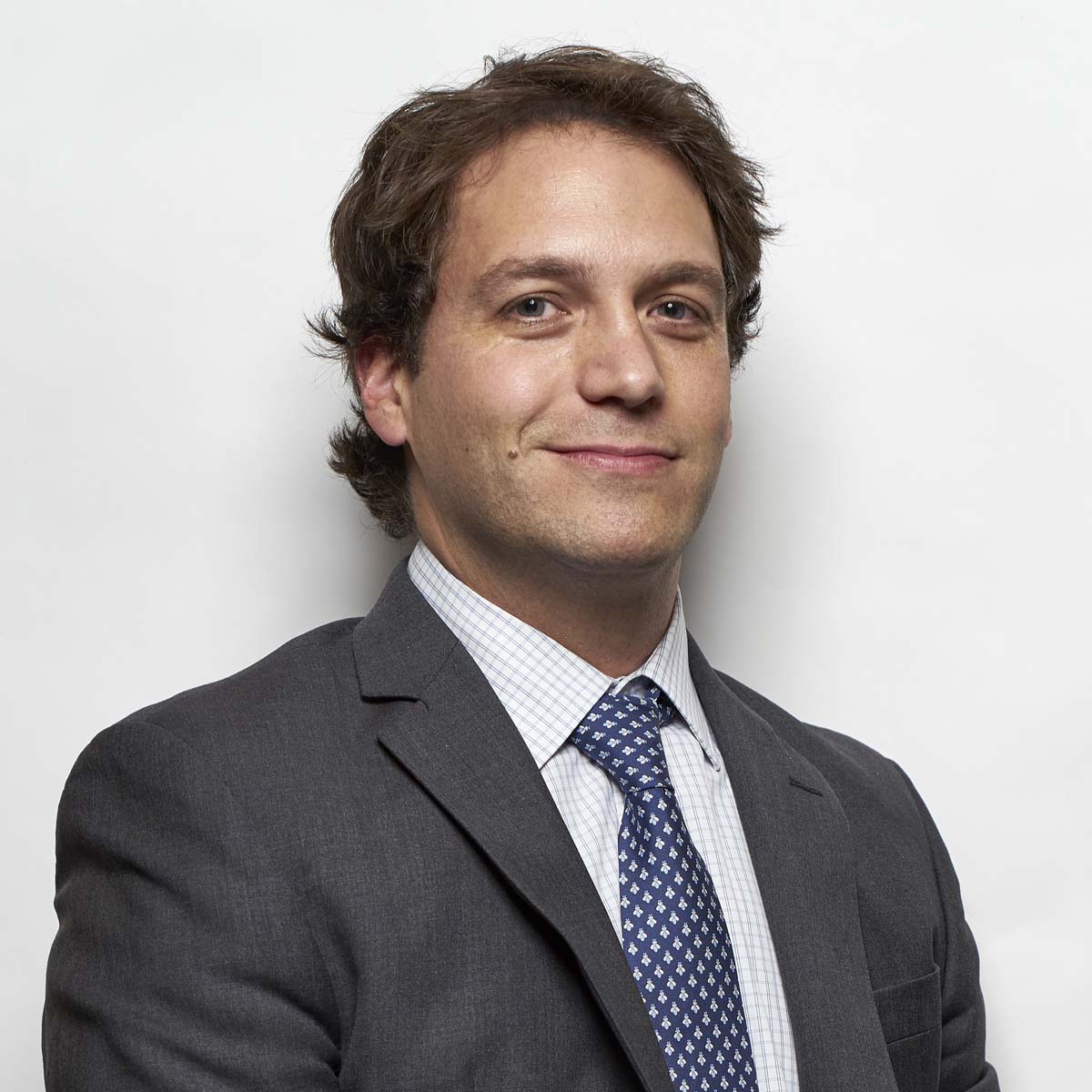
22-04-2024 | Noticias-en, Opinions
Law 27,739 sanctioned by the Congress of the Argentine Republic has come into force, which introduces important modifications in the current legislation on the prevention and repression of Money Laundering (ML), Financing of Terrorism (FT) and Financing of the Proliferation of Weapons. Mass Destruction (FP).
These reforms, motivated by Argentina’s Fourth Mutual Evaluation Round, are aligned with international standards established by the Financial Action Task Force (FATF) and are based on the risks identified in the corresponding national evaluations.
Some of the main points on which the modification deals are:
1.- Risk-Based Approach : The new legislation also establishes the application of a Risk-Based Approach for all regulations related to Regulated Entities. This means that preventive and control measures will be adapted according to the level of risk of each entity or activity, allowing greater effectiveness in preventing money laundering.
2.- Expansion of the list of Obligated Subjects . New actors have been included such as issuers, operators and collection and payment service providers, non-financial credit providers and virtual asset service providers. In addition, a section is added on non-profit organizations, which, although they are no longer obliged to the FIU, must undergo a risk analysis to avoid the financing of terrorism. This implies establishing proportional measures to mitigate the identified risks.
Also highlighted are the categories of lawyers, who will be obligated subjects when they operate on behalf and by order of a third party in: a- purchase and sale of real estate; b- administration of goods and assets; c- management of bank, savings and securities accounts, d- organization of contributions for legal entities; e- creation, management and commercial transactions of legal entities. Public accountants and public notaries remain on the list of previously established subjects.
3.- Registration of final beneficiaries . The reform creates the Public Registry of Final Beneficiaries under the jurisdiction of the AFIP. This centralized registry will collect complete and up-to-date information on the country’s beneficial owners, providing a crucial tool to combat financial opacity and improve transparency in economic activities. In addition, the regulations introduce key definitions, such as “final beneficiary,” and expand the criminal types related to money laundering, covering environmental crimes and financing of weapons of mass destruction. Different levels of access to information are also established for public and private entities, eliminating fiscal secrecy in relation to registry data. These measures, together with the inclusion of independent professionals in the obligation to report suspicious transactions, strengthen the legal framework and promote financial integrity in Argentina.
4.- Registry of Virtual Asset Service Providers : A registry of Virtual Asset Service Providers (PSAV) is created by the National Securities Commission (CNV), with clear definitions on virtual assets and suspicious operations.
5.- New Crimes : Argentina has integrated the crime of Financing the Proliferation of Weapons of Mass Destruction into its Penal Code. This measure is added to the regulations of the Financial Information Unit and obliges Obligated Subjects to include it in their prevention programs. In addition, the scope of article 306 has been expanded, including “property or other assets” in the crime of financing terrorism.
6.- Modification of the crime of money laundering . Article 303 of the Penal Code has undergone significant changes, with the threshold of punishment being raised to 150 minimum vital and mobile salaries (no longer a fixed amount of $300,000), also incorporating the verb “acquire” as a typical action. In addition, the prison sentence in the attenuated criminal type has been replaced by a financial fine. On the other hand, article 41 quinquies has been modified to include terrorism crimes in accordance with international conventions ratified by the country. These modifications impact the measurement of punishment, integrating crimes such as financing the proliferation of weapons of mass destruction. Despite these changes, fortunately article 305 maintains its effectiveness, allowing the definitive confiscation of assets in cases of money laundering, even in situations of extinction due to prescription.
7.- Updated Sanctions : The list of sanctions to be applied by the FIU to Obligated Subjects in case of regulatory non-compliance is updated, along with adjustments to the level of penalties. The legislation now reflects recent provisions of the FIU, allowing corrective actions prior to the opening of administrative proceedings for detected irregularities. In addition, the amounts of possible fines have been increased and the option of disqualifying the Compliance Officer as a sanction has been introduced.
8.- Expansion of Powers of the FIU : Its powers are expanded to strengthen the fight against ML/TF. Now, the subjects reached will not be able to oppose banking or professional secrecy in certain cases. A risk-based internal control system will be implemented and a registry of Independent External Reviewers will be established. In addition, key information will be provided through guides and seminars to improve the detection and reporting of suspicious operations. The supervision procedures may conclude in corrective actions or administrative summaries depending on the severity of the deficiencies detected.
9.- Parliamentary Control: A new control is implemented through the Bicameral Commission for Oversight and Intelligence Activities Agencies, establishing the obligation for the FIU to appear before this commission, providing reports, opinions and advice as required.

By Diego García Austt, lawyer specializing in Economic Crimes | Compliance Latam collaborator.

10-11-2023 | Noticias-en
The Legislature of the province of Río Negro approved the law that complements the National Law of Minimum Budgets for Adaptation and Mitigation to Climate Change No. 27,520, through which provincial actions and strategies for the adaptation and mitigation of climate change are established. with the aim of protecting the inhabitants, the environment and contributing to sustainable development.
Establishes that the Provincial Action Plan against Climate Change is the base instrument for implementing the provincial policy to respond to climate change. Defines the specific actions necessary to achieve the objectives established by the policy. It is made up of a Provincial Mitigation Plan and a Provincial Adaptation Plan. It contains the goals, actions, execution schedule, evaluation mechanisms and necessary budget.
The Plan contains at least:
a. An analysis of the changes observed in the main present and future climate variables.
b. The identification and evaluation of current and future climate risk according to climate threats, vulnerability, and adaptive capacity of people, ecosystems and infrastructure.
c. The identification of critical regions, sectors, activities and climate risk groups.
d. A qualitative and quantitative goal of the necessary adaptation efforts.
and. A quantifiable, anthropic, fair and ambitious emissions reduction goal.
F. The survey of government actions with an impact on the climate change mitigation and adaptation strategy, as well as review mechanisms for said actions.
g. Mitigation and adaptation actions necessary to achieve the planned goals. Description of the monitoring processes, evaluation of actions and definition of baselines and indicators.
Also, the enforcement authority will establish, within the period established by the regulations, measures and actions that seek to limit the magnitude or rate of global warming and its related effects. Mitigation actions include, but are not limited to:
a) Development and implementation of renewable and low-emission energy sources.
b) Promotion of energy efficiency in all sectors of the economy.
c) Promotion of carbon capture and storage, including reforestation and improvement of forest management.
d) Establishment of measures to reduce emissions in the transportation sector, including the promotion of low-emission modes of transportation.
e) Implementation of sustainable waste management programs to reduce emissions from waste management.
f) Development of carbon credit systems that encourage the reduction of emissions.
g) Promotion of sustainable agricultural and land management practices that contribute to the reduction of greenhouse gas emissions.
h) Application of technologies and practices that reduce greenhouse gas emissions in the construction industry.
The mitigation strategy will be governed by the principle of progressivity, taking into account the efforts established in the international framework and the specific contribution to the contribution determined at the national level.
On the other hand, it establishes that the Climate Change Cabinet may establish a Carbon Emissions Credit System based on the creation of measurable units, called carbon credits, that represent a reduction or elimination of greenhouse gas emissions. Each credit corresponds to one ton of carbon dioxide equivalent that has been avoided or extracted from the atmosphere. Entities, whether public or private, can generate carbon credits through projects that reduce greenhouse gas emissions or increase the capacity of carbon sinks. The regulations will determine the percentage of income obtained through the sale of Carbon Emissions Credits generated by provincial public projects that will be allocated to the Climate Action Fund of the Province of Río Negro.
Likewise, it provides that the province, municipalities and development commissions promote the generation, conservation and restoration of carbon sinks, prioritizing, as far as technically and economically viable, the use of native species.
For more information contact:

Gustavo Papeschi | Partner of Beccar Varela | gpapeschi@beccarvarela.com

26-09-2023 | Noticias-en
During the last year, discussions about sustainability have grown dramatically in the forums where competition defense policies are discussed. What do competition and sustainability have to do with each other? Much more than it seems.
The adoption of sustainable inputs, procedures or materials often requires the assumption of considerable risks and significant investments. To begin with, for a company, traveling the path of sustainability may require the use of more expensive inputs or the acquisition of expensive technologies. In turn, persuading consumers to purchase sustainable products or services (generally more expensive) is also difficult, and may require additional investments.
Many sustainability initiatives have a high degree of uncertainty; not only in terms of whether customers will accept the products or services, but also because many projects, for example to obtain more efficient or less polluting materials or inputs, can fail. A recent real-life example, analyzed by the Dutch competition authority, involves a project in which several competitors came together to transform off-shore gas pipelines located in the North Sea into CO2 emissions repositories for Dutch factories (the project includes the construction of a terminal, a pipeline and a compressor to transport CO2 to gas pipelines, and contemplates the joint marketing of a part of the CO2 storage service for a limited period). An initiative like this has high costs and risks.
Added to these difficulties is what can be translated as “first-mover disadvantage”: a company that adopts sustainable processes or inputs may be at a competitive disadvantage compared to competitors that do not do so. For example, products from a furniture manufacturer that buys wood from suppliers that reforest will likely be more expensive than those from competitors who do not. A company considering converting its business into a sustainable business may be discouraged by the prospect that consumers will prefer cheap products to sustainable ones. These kinds of dilemmas can discourage many sustainability initiatives.
Cooperation between competitors can help resolve these dilemmas: if a group of companies commits to modifying the characteristics of their inputs, products or processes to achieve sustainability goals, none of them will be at a competitive disadvantage. Cooperation, as the Dutch example illustrates, can also allow competitors to share the costs or risks involved in sustainability initiatives.
The problem with these types of solutions is that cooperation between competitors is problematic under antitrust laws, and often quickly comes into the crosshairs of the agencies in charge of enforcing those laws. For example, in recent months, many media outlets have reported on the “battle” that is being waged in different states of the United States between members of sustainability alliances (especially linked to initiatives to replace fossil fuels) and prosecutors who threaten to apply the competition defense laws.
As in other jurisdictions, some sustainability initiatives could raise legitimate competition concerns. An agreement like the one in the Netherlands example involves joint marketing of a portion of capacity and price coordination, and should be carefully analyzed. An agreement to stop using certain inputs in manufacturing processes (which can range from packaging to fertilizers to energy), or an agreement to stop marketing certain products, could have an indirect impact on prices. They could also limit consumer options. In some scenarios, these kinds of agreements could lead to supplier boycotts. If certain conditions are met, an agreement to modify product characteristics (for example to reduce fat or sugar levels in foods or beverages) could also have an impact on competition: it could affect quality or differentiation, two variables which in some markets may be relevant to compete.
In this context, the worst enemy of many sustainability initiatives is legal uncertainty: sanctions for violating competition laws usually have a high impact and, when in doubt, many companies will say “no” to sustainability so as not to run legal risks.
What is the status of the discussion? Today, the intersection between competition and sustainability faces two major challenges. The first is to find the legal tools that allow companies to move forward with this type of initiatives with acceptable levels of risk. The second is to understand how competition works in the context of each initiative, how it can be affected and the resulting social benefits, and determine whether the initiative in question can pass the “filter” of competition agencies to make it viable.
For more information contact:

Agustín Waisman | Partner Beccar Varela | awaisman@beccarvarela.com

21-04-2023 | Noticias-en
The Synthesis Report (SYR) of the IPCC Sixth Assessment Report (AR6) was released, summarizing the state of knowledge on climate change, its widespread impacts and risks, and climate change mitigation and adaptation. It integrates the main conclusions of the Sixth Assessment Report (AR6) based on the contributions of the three working groups and the three special reports. The Summary for Policy Makers (SPM) is structured in three parts:
A. Current situation and trends, SPM.
B. Future climate change, long-term risks and responses, and SPM.
C. Short-term responses.
The report recognizes the interdependence of climate, ecosystems and biodiversity, and human societies; the value of the various forms of knowledge; and the close links between climate change adaptation, mitigation, ecosystem health, human well-being and sustainable development, and reflects the increasing diversity of actors involved in climate action.
Based on scientific understanding, the key conclusions can be formulated as statements of fact or associated with a level of confidence assessed using the IPCC calibrated language.
IPCC Sixth Assessment Report
For more information contact:

Gustavo Papeschi | Partner of Beccar Varela | gpapeschi@beccarvarela.com






